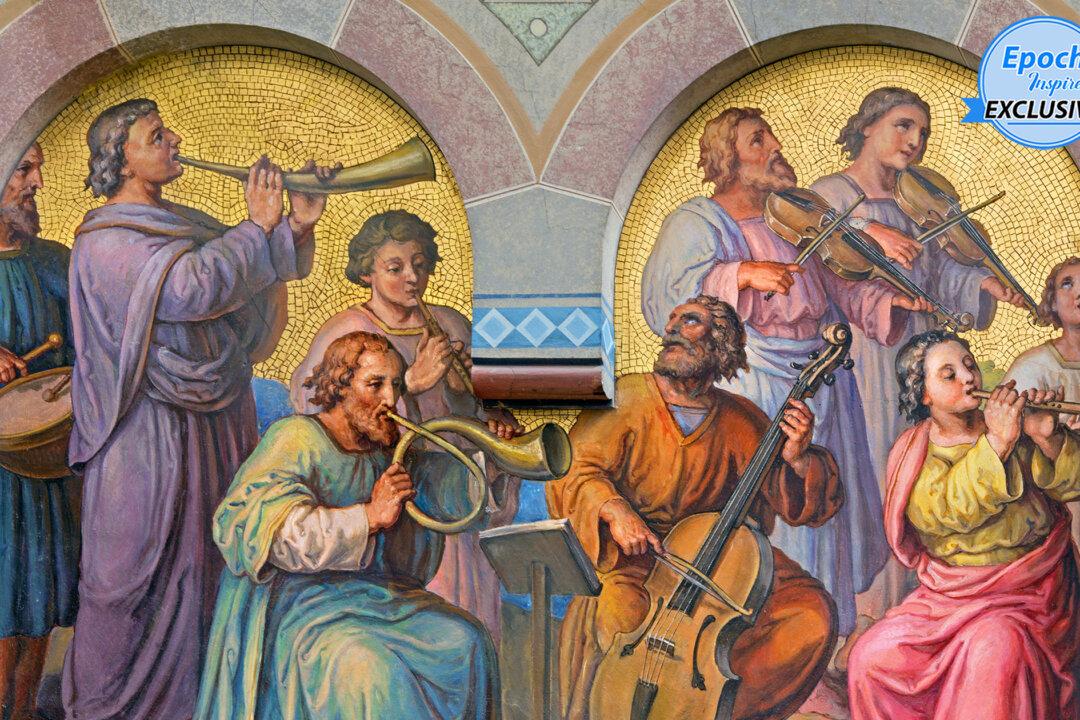Traditionally, music is considered a celebration of the Divine, and musical instruments as the messengers—the sacred tools—relaying the Divine word.
No matter what ethnicity or race, or what part of the world one may be from, everyone seems to understand the feelings that the universal language of music communicates. For instance, in ancient China—ages before the communist regime came into power—scholars and wise men used music to guide people’s emotions in a positive direction and uplift their moral character, bringing them closer to the Lord Creator.






